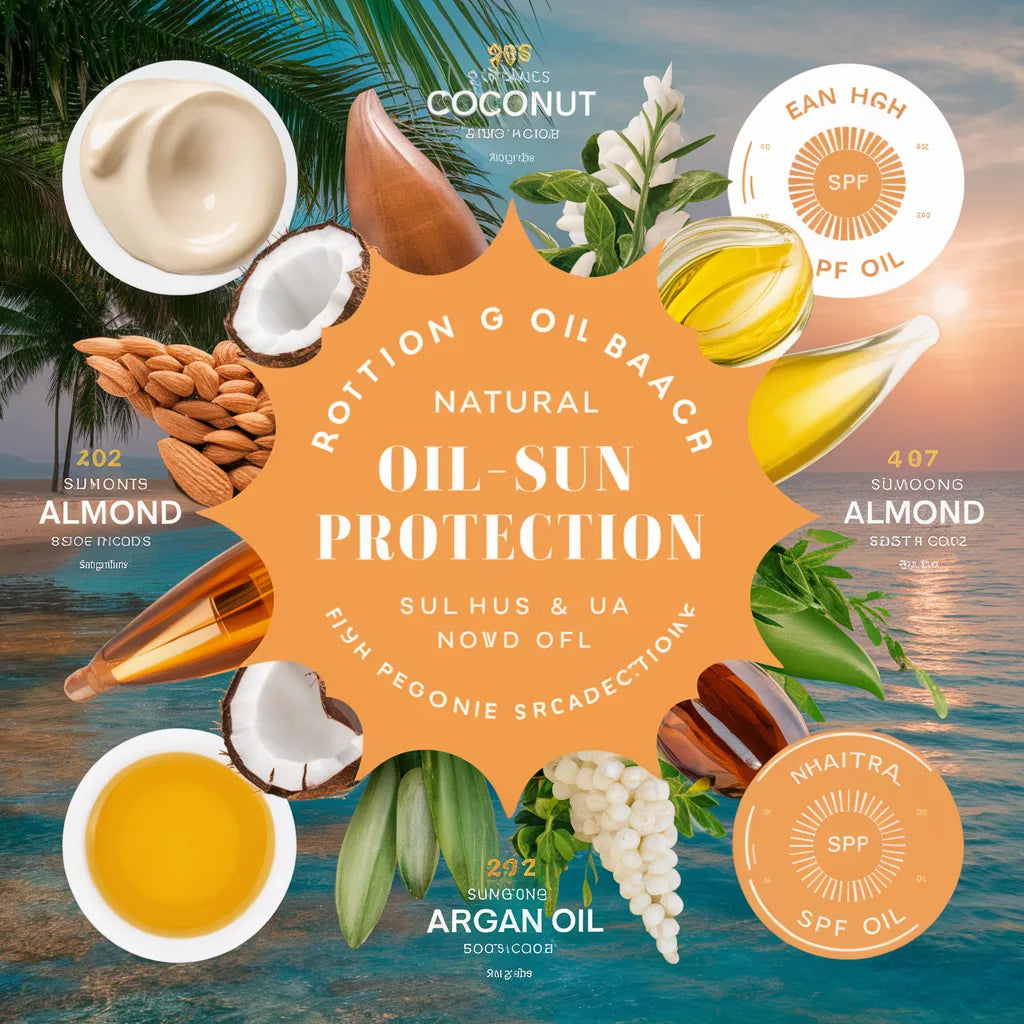
The Ultimate Natural Oil SPF Guide
Share
Sun protection is a critical component of daily skincare, yet with the growing interest in organic products, many consumers are turning to natural alternatives. Understanding the sun protection factor (SPF) of natural oils can help you make informed decisions about your sun care routine. This guide explores the benefits and limitations of natural oils and provides insights into how they can be integrated into your sun protection strategy.
Understanding SPF in Natural Oils
SPF, or Sun Protection Factor, measures the level of protection a product offers against harmful UV rays. While conventional sunscreens use chemicals or mineral filters to protect the skin, some natural oils possess intrinsic SPF properties. However, it's important to note that most natural oils offer significantly lower SPF protection compared to traditional sunscreens.
The Natural Oil SPF Chart
A natural oil SPF chart can be a handy reference to determine the approximate SPF levels of various oils. For example, red raspberry seed oil is often cited as having an SPF between 28 and 50, while carrot seed oil is estimated at SPF 38-40. Other oils like coconut, olive, and almond may have SPF values ranging from 2 to 8. Keep in mind that these values are approximate and can vary depending on oil quality and processing.
Benefits of Using Natural Oils
Natural oils are praised for their moisturizing and antioxidant properties, making them a popular choice for those seeking organic skincare options. They are also free from synthetic additives, fragrances, and preservatives, which can be beneficial for individuals with sensitive skin or allergies to conventional sunscreen ingredients.
Limitations and Cautions
Despite their benefits, relying solely on natural oils for sun protection is not recommended. The SPF provided by these oils is not enough to protect the skin from prolonged sun exposure. Additionally, they lack broad-spectrum protection, meaning they do not shield against both UVA and UVB rays effectively. It's essential to use natural oils in conjunction with a high-SPF, broad-spectrum sunscreen for complete protection.
Incorporating Natural Oils into Sun Protection
As Part of a Layered Approach
To harness the benefits of natural oils without compromising on sun safety, consider a layered approach. Apply your chosen natural oil first for its skin-nourishing properties, then layer a conventional sunscreen on top. This method allows you to enjoy the organic ingredients while ensuring adequate sun protection.
DIY Organic Sunscreens
For those who love a DIY challenge, creating a homemade organic sunscreen can be a rewarding project. By combining natural oils with high SPF values and ingredients like zinc oxide or titanium dioxide, you can craft a more effective natural sunscreen. However, be cautious and do thorough research to ensure your homemade product provides reliable protection.
Conclusion
While natural oils can be a delightful addition to your skincare routine, they should not replace traditional sunscreens. By understanding the SPF capabilities of these oils and using them as part of a comprehensive sun care plan, you can enjoy the best of both worlds – natural skincare and effective sun protection.
Remember, no matter how strong your sun protection is, reapplication and additional measures like wearing hats and seeking shade are crucial for safeguarding your skin. Stay sun-smart and embrace the benefits of natural oils responsibly.

